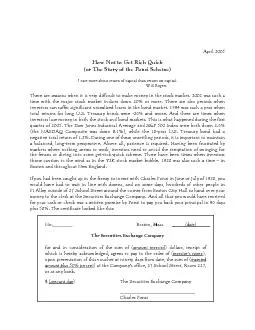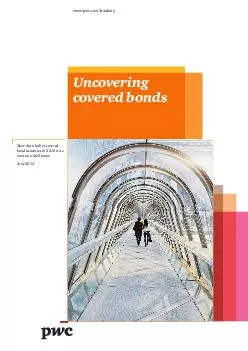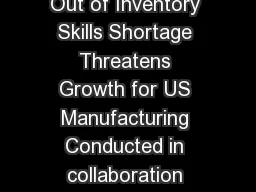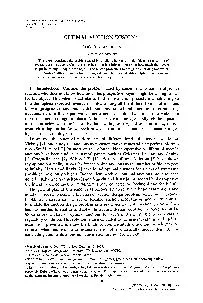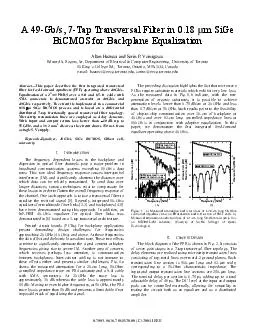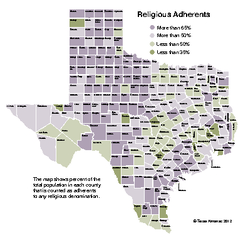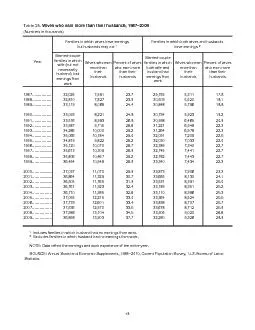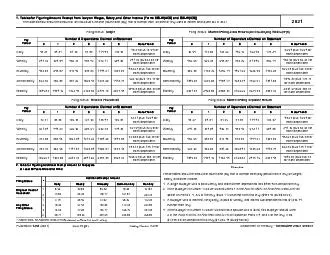PDF-I care more about return of capital than return on capital. Will Roge
Author : danika-pritchard | Published Date : 2016-12-25
The Securities Exchange Company for and in consideration of the sum of amount invested dollars receipt of which is hereby acknowledged agrees to pay to the order
Presentation Embed Code
Download Presentation
Download Presentation The PPT/PDF document "I care more about return of capital than..." is the property of its rightful owner. Permission is granted to download and print the materials on this website for personal, non-commercial use only, and to display it on your personal computer provided you do not modify the materials and that you retain all copyright notices contained in the materials. By downloading content from our website, you accept the terms of this agreement.
I care more about return of capital than return on capital. Will Roge: Transcript
Download Rules Of Document
"I care more about return of capital than return on capital. Will Roge"The content belongs to its owner. You may download and print it for personal use, without modification, and keep all copyright notices. By downloading, you agree to these terms.
Related Documents

